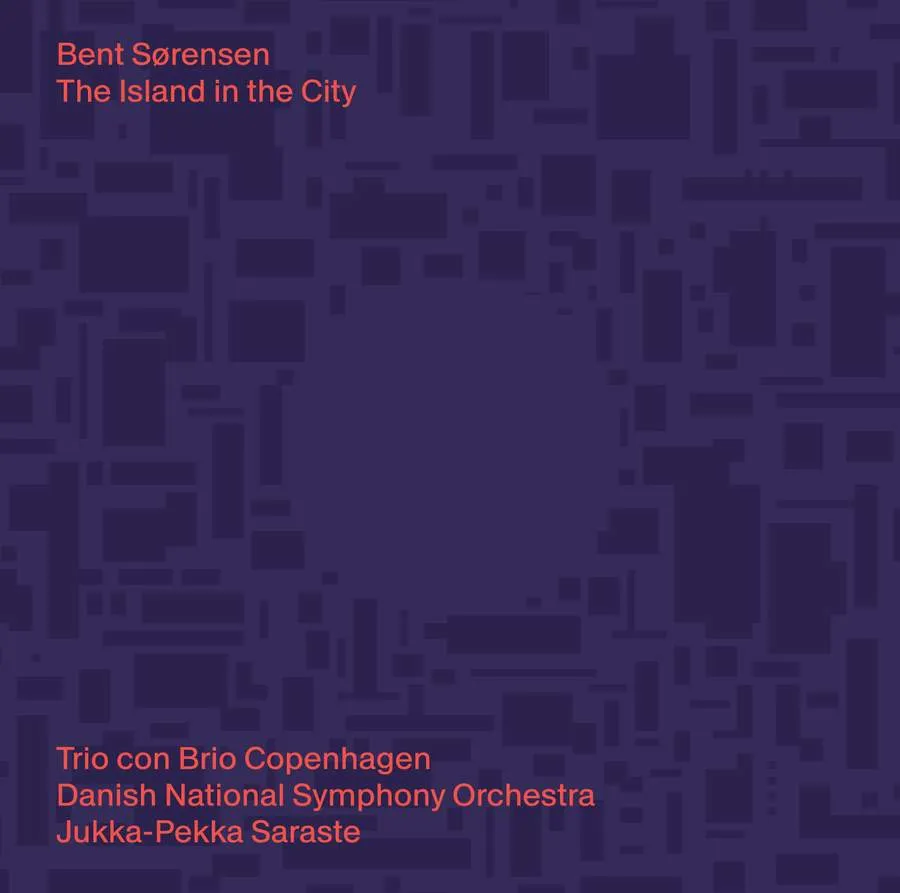
Bent Sørensen Second Symphony; Triple Concerto ‘The Island in the City’ Trio con Brio Copenhagen; Danish National Symphony Orchestra/Jukka-Pekka Saraste Dacapo 8.226086 58:21 mins
Both works on this enticing release close with movements in which lamenting farewell is central. Yet neither are overtly or exclusively sorrowful, each arising from an ever-changing tapestry in which memory is constantly present. It’s a trait characteristic of Bent Sørensen (b1958), acclaimed for his ability to create exciting structures by rendering intangibles beautifully into sound – without compromising their intangibility, and at the same time interweaving echoes of composers past.
Unsurprisingly, it’s Beethoven who most directly haunts Sørensen’s 2018 Grawmeyer award-winning triple concerto, L’Isola della Città (‘The Island in the City’, 2014-15). Superbly performed by Trio con Brio Copenhagen and the Danish National Symphony Orchestra under Jukka-Pekka Saraste, the piece was inspired by Sørensen’s experience of apartness, standing on his balcony above a nocturnal city. Through five, through-composed movements, the solo violin, cello and piano coalesce into a single entity or island, surrounded by an orchestra that’s equally vivid and subject to sudden shifts in mood, texture and colour. A Beethovenian fugue and scherzo bring clarity and disjointed drive respectively, yet the trio’s parting ‘escape’ from the mass is ultimately peaceful.
The farewell of the enigmatically titled Second Symphony (2016-19) is more poignantly personal: Sørensen’s mother died during its composition and he quotes from his fourth string quartet Schreie und Melancholie and a medieval psalm in its final, fourth movement. Combining stillness, melodic tenderness and bright, flaring passion, the work’s material is generated in the first movement alongside its opening ‘scream’, which echoes suggestively throughout.
Steph Power